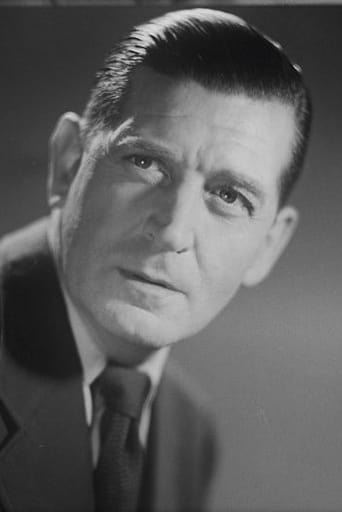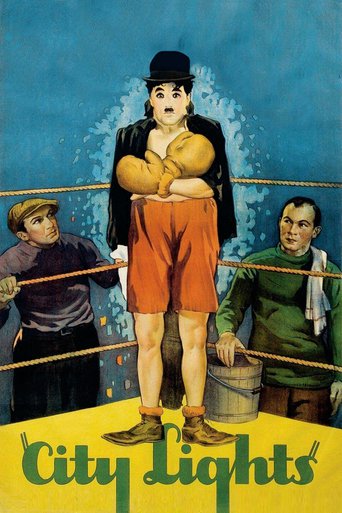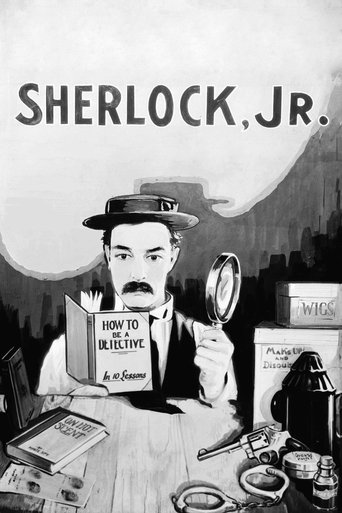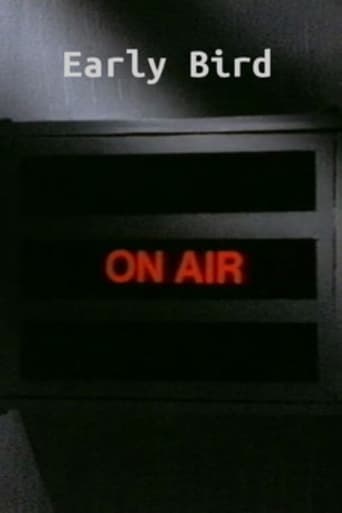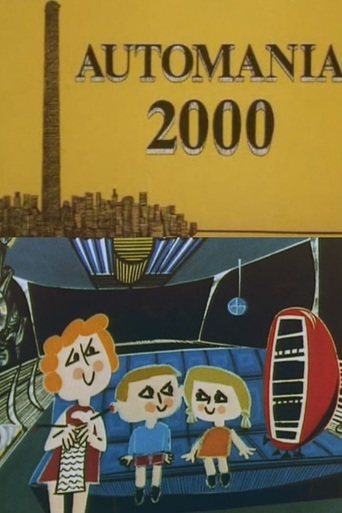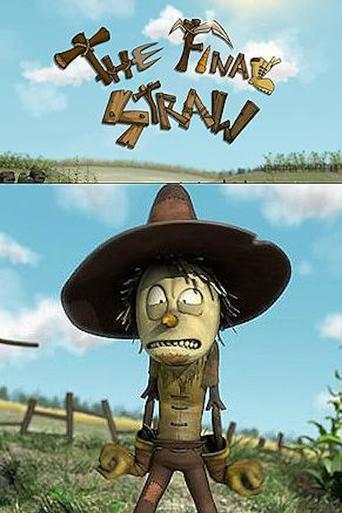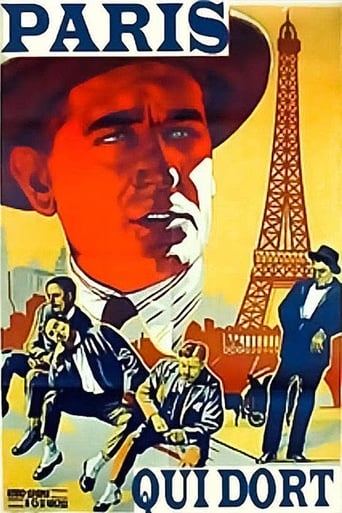
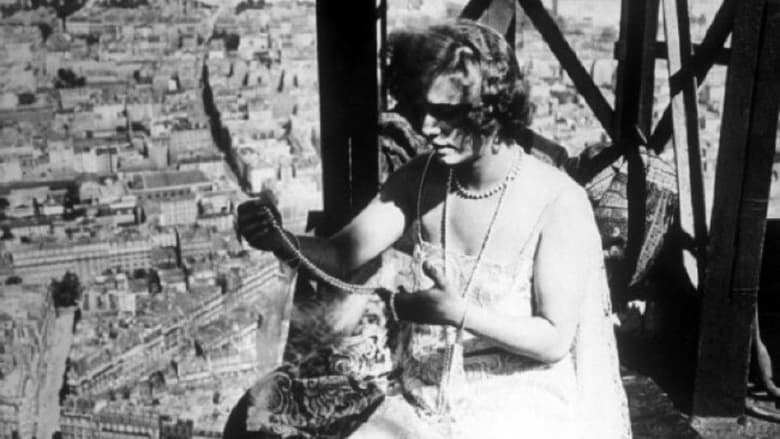
The Crazy Ray (1925)
A night watchman on the Eiffel Tower wakes up to find the entire population of the city frozen in place.
Watch Trailer
Cast
Similar titles
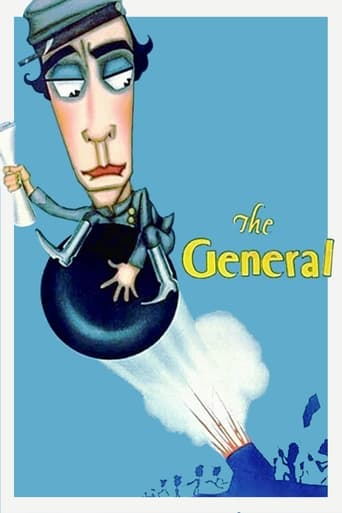
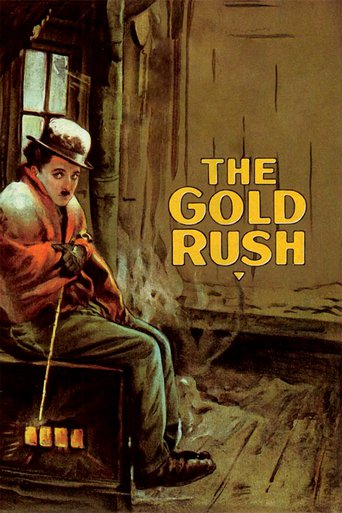
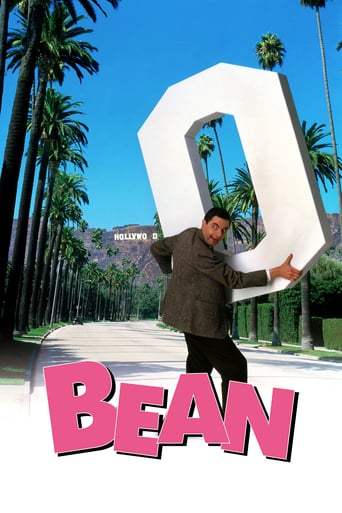
Reviews
Memorable, crazy movie
A film with more than the usual spoiler issues. Talking about it in any detail feels akin to handing you a gift-wrapped present and saying, "I hope you like it -- It's a thriller about a diabolical secret experiment."
Each character in this movie — down to the smallest one — is an individual rather than a type, prone to spontaneous changes of mood and sometimes amusing outbursts of pettiness or ill humor.
The movie turns out to be a little better than the average. Starting from a romantic formula often seen in the cinema, it ends in the most predictable (and somewhat bland) way.
The watchman on the top level of the Eiffel Tower comes out to find the whole of Paris asleep and frozen into position, drivers in their cars, passers-by, policemen just seconds before an arrest. He joins up with a group of people who were flying over Paris when it happened, to enjoy newfound freedom without limits.One way to view this is as conceived; a comedy by way of surrealism and the absurd so far as the premise is concerned, and mostly harmless execution. A scientist is responsible we discover, who has devised a contraption that controls the flows of reality.Or you can read between the images. I study what it means to meditate and effective conveyance of this through cinema, so this rings loud and clear to my eyes.So we have the narratives that make up the bulk of day-to-day life arrested, doesn't matter how, and only those who were above ground spared from the effect. They walk through a still world full of possibilities for reflection, the only ones 'awake' among sleepers dreaming their routines. Of course being ordinary human beings, what do they do? They drink and dance, they indulge themselves, and when boredom sinks in, they fight for the one woman in their company. Narratives are resumed and stopped again, as the scientific mastermind, someone who is trying to master mind, tinkers with the equations.The quest is for a still center, discovered in the arms of the woman.It was perhaps too early in the medium to add further layers, for instance to link control of reality with the mind desiring images or desiring escape from them. Maybe, if this was Epstein's film who had by then stumbled on a theory about the eye in motion. It is fine to have just this at any rate, concerned more with visual invention than introspection. There are guerilla shots from inside moving cars, frozen and resumed, that do Nouvelle Vague thirty years early.If you are an imaginative viewer, you will want to see the first half with its eerily empty boulevards and plazas, and imagine a silent horror film about some unspecified apocalypse.
This silent film took me by complete surprise and I could hardly believe this film was so advanced for this production in 1925. Henri Rollan, plays the role as a watchman on the top level of the Eiffel Tower in Paris, France and comes down into the city and finds people all sleeping and in suspended motion standing like frozen statues. It seems a certain scientist had discovered an invisible ray which could not reach people in airplanes or Henri who worked at the top of the Eiffel Tower. If you want to see how France looked in Paris in 1925, you will enjoy all the old cars and the 1925 fashions for men and women. By the way, this film is only 21 minutes long and went along as a second feature on a much longer film I purchased. Great film to view and enjoy.
One has to love these early shorts -- look at the freedom that existed to film more or less whatever subject crossed the artist's mind. And at the self-reference: in the narrative, the characters have the freedom to do more or less whatever crosses their minds. The film itself is the work of a 'mad scientist' about the experiment of the mad scientist within.The construction is both simple and deeply abstract: we begin with a lone figure against the backdrop of Paris architecture, which grows increasingly populated by statuesque mimes, who are manipulated by animated mimes. The movie ends when the level of abstraction is removed. Clearly what have here is a work that is conceived from start to finish as a visual story...something so influential that has survived the test of time, in ways that so many other 'experiments' did not. Modern borrowings from this are found in 'Devil's Advocate', 'Dark City', 'Abre Los Ojos/Vanilla Sky'...
During the '30s, René Clair was considered one of the cinema's most stylish innovators and satirists Now, however, both the 'poetic realism' and the exuberant humor on which his reputation once rested seem shallow and dated A critic, and a poet and actor in the serials of Louis Feuillade, the young Clair aligned himself with the French avant-garde of the '20s Indeed, his silent work may be seen as offshoots of the Dada movement: his debut, "Paris Qui Dort" ("The Crazy Ray"), was a bizarre comic fantasy in which a mad scientist uses a magic ray to render the city immobile; only a group of strangers, safe atop the Eiffel Tower or in a plane, remain conscious to search for the culprit and bring Paris back to life


